Turn-taking skills for language teaching: Part 3
by Jono Ryan
This is the third of four blog posts on teaching and learning turn-taking. In the first, I mentioned how rarely we even ponder on turn-taking being ‘a thing’, despite it posing major difficulties for language learners, who find themselves being shut out of conversations and occasionally accused of talking over others. In the second blog, I noted that despite this, turn-taking is very seldom taught in the classroom: very few published resources exist and few teachers understand how it works. In this third post, I move on to discussing one of the key underlying mechanisms, the concept of projection.
My teaching buddy and I have illustrated projection with a tennis ball. She would throw it to me and we would watch it’s arcing trajectory through the air. I would stand there with my hands out and did nothing, and the ball would crash to the ground. To catch it, I would have to anticipate its trajectory and move my hands accordingly. That is, I would have to work out where it was going and have my hands in position and ready to grasp it. In the quick back and forth of a group chat, turn-taking is much the same. You need to anticipate where the current turn is ending and usually have a partially formed utterance ready to go. Recall from Part One that the most common gap between speakers (0.2 seconds), which is much shorter than the time it takes to form a simple idea and start to say it (0.6 seconds). In short then, we need to know where and when the speaker’s turn will end, and we need to be ready to be the next speaker.
There are at least three elements of projection. The most important – yet also the most abstract – is action projection. For instance, if someone begins to tell a joke (A penguin walks into a bar …) we know that their turn will not be finished until we hear something recognizable as a punchline. If someone begins to air a complaint (I was really annoyed at …), they're not finished until we hear something recognizable as the source of their grievance. Of course, we might indeed opt speak before we have heard the punchline or grievance, but unless this is to clarify something (Pardon?), then we are likely to be perceived as interrupting, and this could be taken badly.
Not all actions require a longer turn. Some may only be a word long, such as ‘Tomorrow’ in answer to the question ‘When are you leaving?’ Some may not even require so much as a word, such as ‘Pfff’ in response to ‘How was the party?’ or a shrug of the shoulders in response to ‘Where’s Dave?’ Nevertheless, such turns can suffice as the smallest unit of meaning capable of completing the action that has been started.
The second element of projection is syntax. If someone says ‘I put the …’, then we know they will not be finished until there is a something (‘the pen’) and a somewhere (‘on the table’). We implicitly know this because the verb ‘put’ creates syntactic slots for both an object and an adverbial, and these must be filled to complete a sentence. ‘Tomorrow’ works because it too is a grammatically complete unit (in this case a word), while ‘I put the …’ is clearly incomplete.
How then do we know whether ‘Tomorrow’ is the completed response, or whether it is the first word of a longer utterance (‘Tomorrow is the …). Firstly, if it suffices as a complete action, we may hear it as such. But this is also where our third element comes in. Intonation.
Rather than try to explain ‘completed’ and ‘continuing’ intonation, it is easier if you just try it yourself on a sentence such as ‘I went to the bank’. Say it out loud a few different ways and decide which one sound finished and which one sound they will be followed buy something else. Beyond intonation, speakers may signal their intentions with other phonological features such as in-breath, out-breath and changes in volume. One very clear example is ‘Trailing off’, in which an utterance decreases in pace, pitch and volume to signal the end of a turn. A speaker may get to the end of a grammatically complete sentence but signal phonologically that they wish to continue.
To recap then, as an utterance is building towards a possible point of completion, we can sense an opportunity to be the next speaker and begin to formulate our response. Among other things, we can recognize completion or continuation on the basis of the action, syntax and intonation.
Now what? In my next blog post, I'll present some ideas of how to turn this knowledge and two worthwhile language teaching materials.
